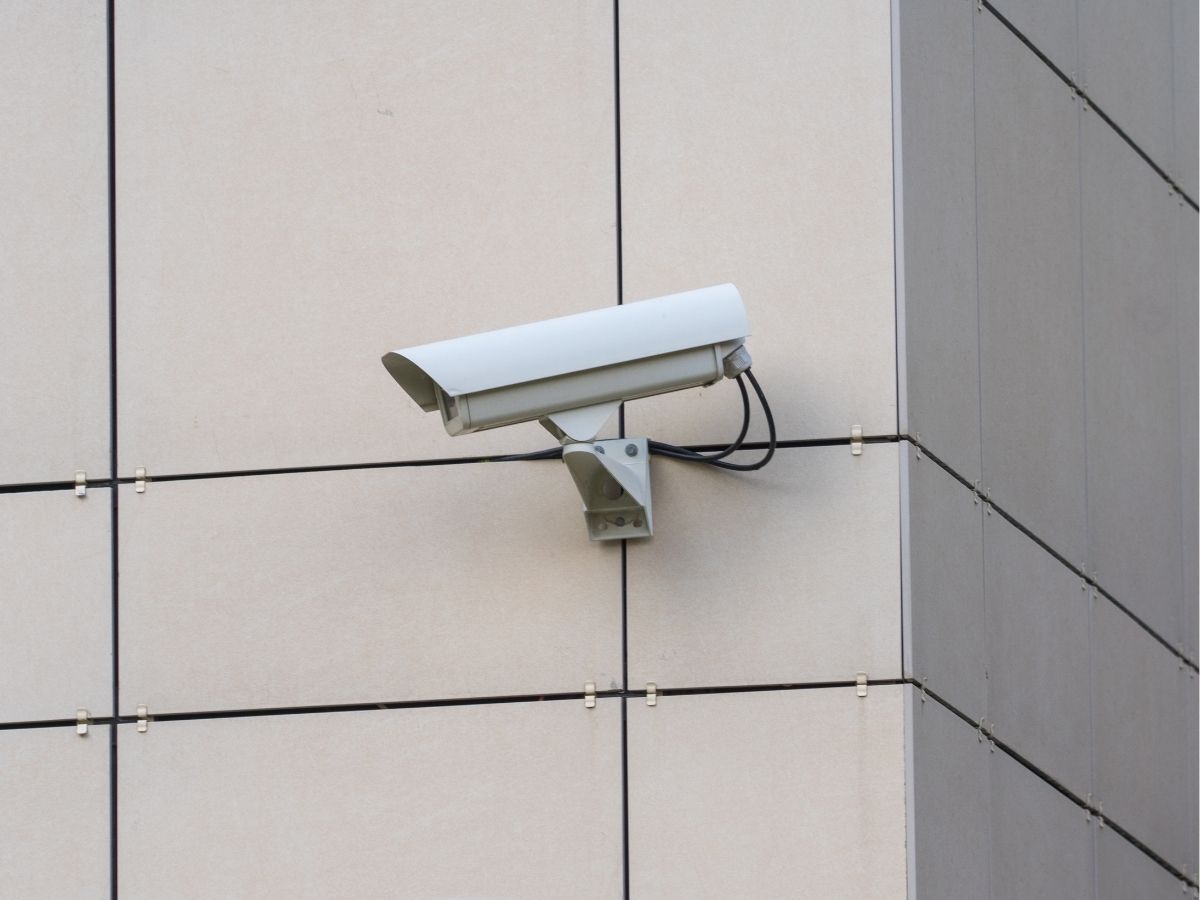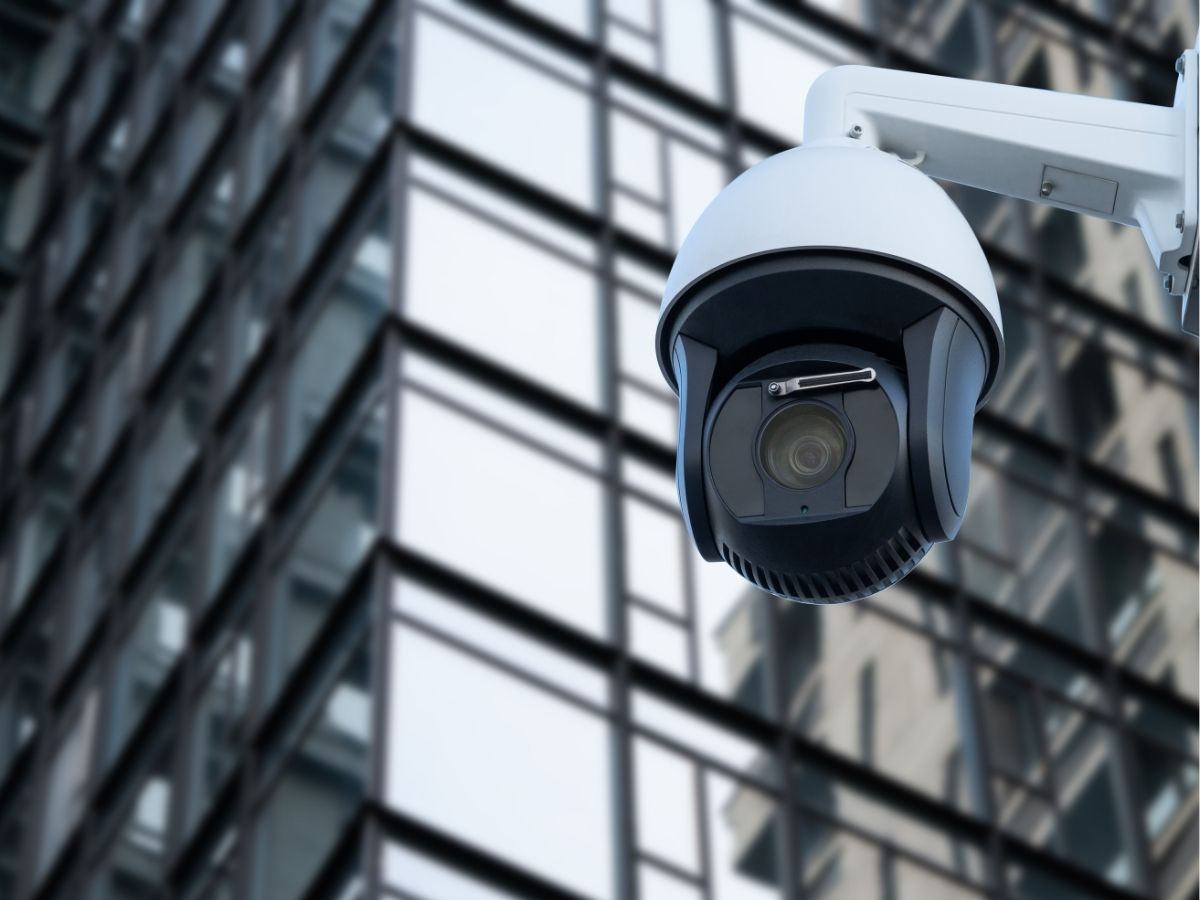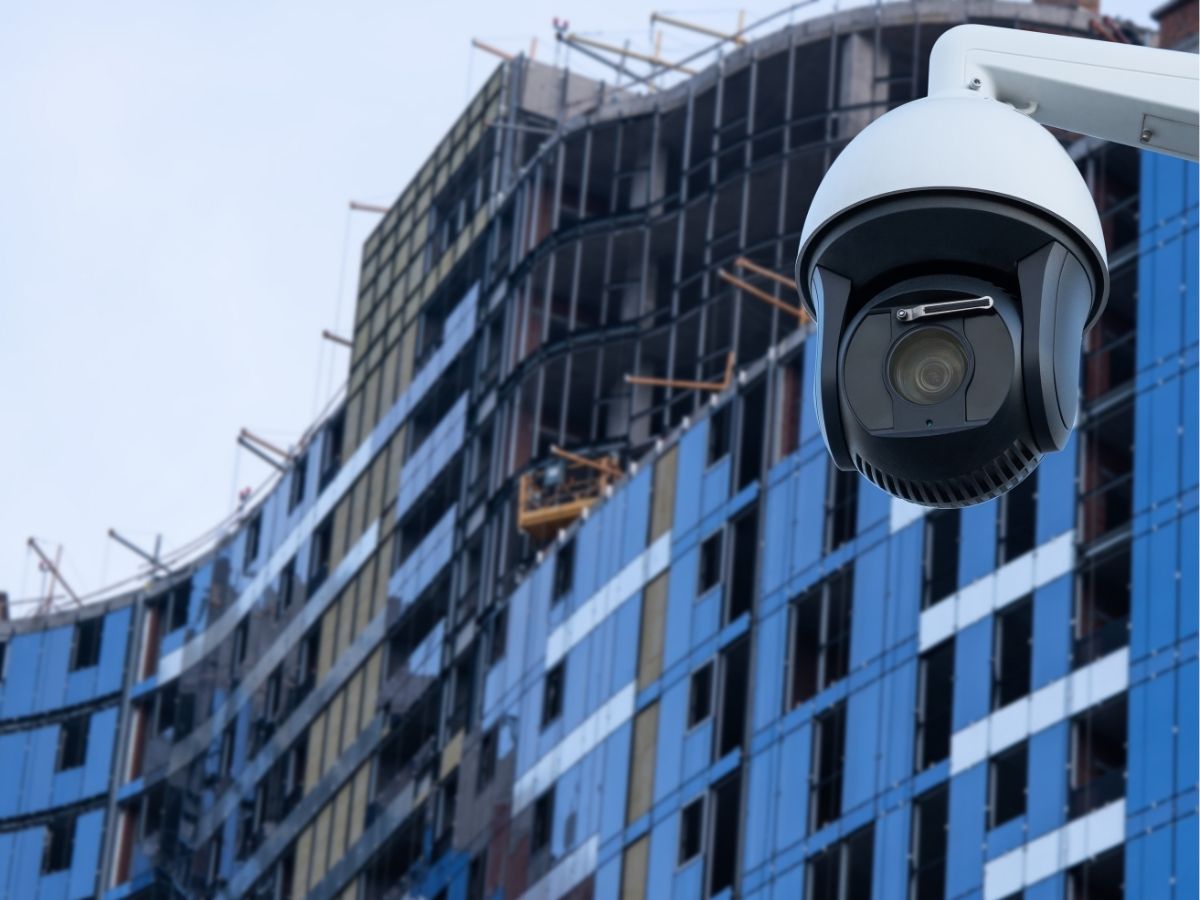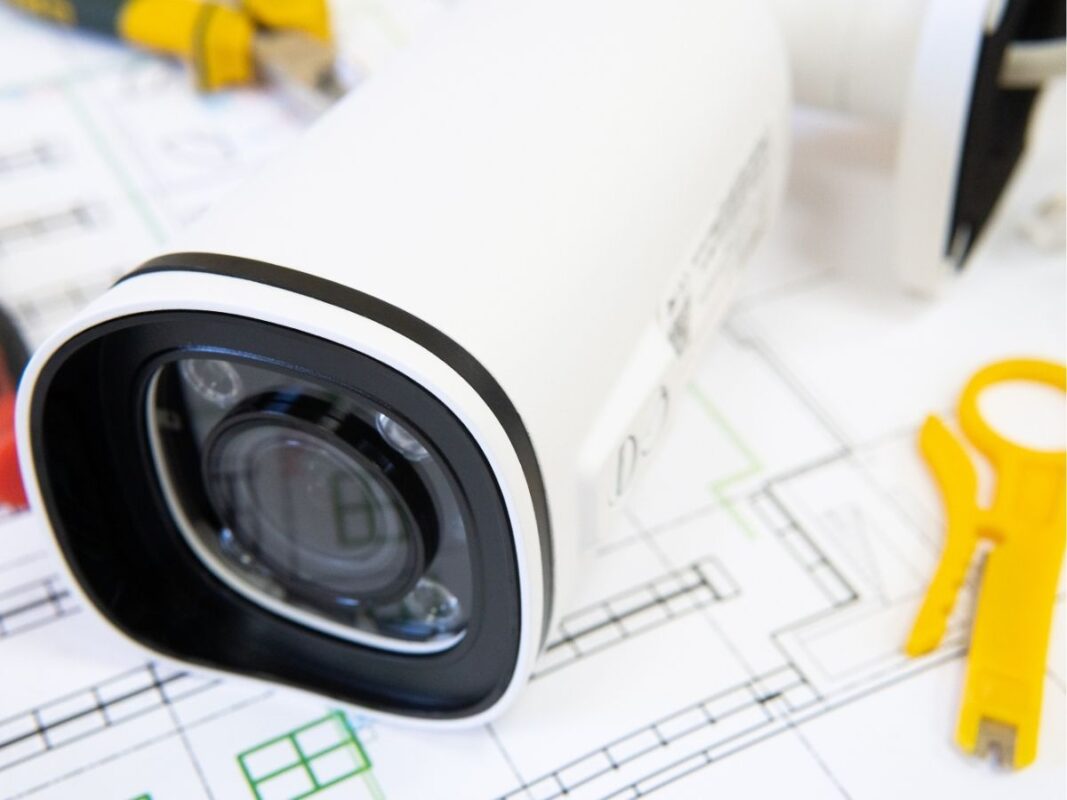Installing a video surveillance system is an essential security measure for commercial, industrial and construction site businesses. Whether to prevent theft, monitor employees or ensure the safety of installations, a well-installed video surveillance system is a major asset. This article will guide you through the installation steps, the different installation methods by sector, and provide a cost evaluation to help you choose the system best suited to your needs.
Table of Contents

Steps to install a video surveillance system
Needs analysis
A needs analysis is the first step in installing a video surveillance system. It determines the sensitive areas to be monitored, the type of cameras needed, and the level of security required. This stage involves :
- Identify critical areas: entrances, exits, storage areas, parking lots, etc.
- Define lighting conditions: select cameras adapted to light conditions (day, night, low light).
- Consider the environment: indoors, outdoors, high-risk areas (heat, humidity).
Choice of equipment
The choice of video surveillance equipment is crucial. It includes :
- Surveillance cameras: fixed, PTZ (Pan, Tilt, Zoom), infrared for night vision.
- Video recorders: NVR (Network Video Recorder) for IP systems or DVR (Digital Video Recorder) for analog systems.
- Monitors and storage: surveillance screens and hard disks for image recording.
Component installation
Installation includes camera positioning, cabling (for wired systems), and installation of recorders and monitors. Each component must be installed with the space in mind, to maximize system efficiency.
Configuration and testing
Configuration includes networking cameras, defining surveillance zones, and programming alerts. Once installed, the system needs to be tested to ensure that it functions correctly, that images are clear and that alerts are transmitted in real time.
Types of installations by business sector
Video surveillance installations vary considerably depending on the sector of activity, whether commercial, industrial or on construction sites. Each environment presents its own specific challenges, requiring customized solutions to guarantee safety and efficiency. Here’s an overview of the types of installation recommended for each sector.
Commercial sector
In the commercial sector, video surveillance installations are designed to protect sales areas, monitor customer flows, and ensure employee safety. Here are the types of installations commonly used:
- Indoor systems: Mainly installed in retail stores, restaurants and offices, these systems use cameras to monitor cash registers, shelves, service areas and storage areas. Fixed or dome cameras are the most common, offering discreet but effective surveillance.
- Outdoor systems: Used to monitor parking lots, entrances and delivery areas, these systems are equipped with cameras that are resistant to weather and low-light conditions. Night vision cameras are often preferred for 24-hour surveillance.
- Wireless systems: Ideal for businesses requiring fast, flexible installation. These systems are easily configurable and allow remote monitoring via mobile applications, offering great adaptability to changing business needs.
Industrial sector
In the industrial sector, such as factories, warehouses and production sites, video surveillance is used to monitor operations, prevent accidents and protect assets. Installations in these environments often require robust equipment and specific configurations:
- PTZ (Pan, Tilt, Zoom) cameras: These cameras are used to monitor large areas such as production lines or warehouses. They enable remote control, offering flexible viewing angles for tracking precise movements or zooming in on specific details.
- Video surveillance in extreme environments: Industrial sites exposed to dust, extreme temperatures or humidity require cameras specially designed for these conditions. These systems are resistant to environmental aggression, and continue to perform optimally.
- Integrated systems with access control: These systems combine video surveillance and access control to secure sensitive areas. They enable access authorization to be managed, and the movement of people and vehicles on site to be monitored in real time.
Construction sites
Construction sites present unique challenges due to their temporary nature, open environment and high risk of theft and accidents. Here are the types of systems we recommend:
- Surveillance drones: Increasingly used on major construction sites, drones provide an aerial view of the site, helping to monitor hard-to-reach areas and document work progress.
- Mobile and temporary cameras: Construction sites require cameras that are easy to install and move as work progresses. These mobile systems are often mounted on poles or temporary structures, offering maximum flexibility.
- Remote, real-time monitoring: Systems with real-time monitoring enable site managers to monitor activities on site from anywhere. This helps them to monitor compliance with safety protocols, and to react quickly in the event of an incident.
- Night vision and motion detection cameras: Used to protect the site outside working hours, these cameras detect suspicious movements and trigger alerts to prevent intrusions and theft of expensive equipment.

Description of installation methods
Wired video surveillance
Wired systems use coaxial or Ethernet cables to connect the cameras to the recorders.
Advantages :
- Stable image quality: no signal loss due to interference.
- Enhanced security: Less vulnerable to cyber-attacks.
Disadvantages :
- Costly, complex installation: requires wiring, which can be invasive.
- Limited flexibility: difficult to move cameras after installation.
Wireless video surveillance
Wireless systems use Wi-Fi connections to transmit images from cameras to recorders.
Advantages :
- Quick and easy installation: no need for cables, reducing costs.
- Great flexibility: easy-to-move cameras.
Disadvantages :
- Possible interference: Sensitive to radio and Wi-Fi interference.
- Network dependency: In the event of a network failure, the system may be compromised.
Hybrid video surveillance
Hybrid systems combine wired and wireless cameras, enabling more flexible installation.
Advantages :
- Versatility: Adaptable to different environments and needs.
- Balance between security and flexibility: Combining the strengths of both methods.
Disadvantages :
- Intermediate installation: Less complex than wired, but more complex than wireless.
- Moderate cost: A compromise between the other two systems.
Price evaluation
The cost of installing a video surveillance system varies according to the type of system and the extent of coverage. Here’s a cost estimate:
- Wired video surveillance: Between $5,000 and $20,000, depending on the number of cameras and the complexity of the installation.
- Wireless video surveillance: between $3,000 and $10,000, with reduced costs due to the absence of cabling.
- Hybrid video surveillance: Between $4,000 and $20,000, offering a good compromise between security and flexibility.
Prices include hardware, installation and initial configuration. Additional charges may apply for maintenance or remote monitoring contracts.

Consult an expert to help you install a video surveillance system
Installing a video surveillance system is an essential investment in protecting your business. Each installation method offers specific advantages that meet the varied needs of the commercial, industrial and construction sectors. Whether you choose a wired, wireless or hybrid system, it’s crucial to carry out a thorough needs analysis and select the right equipment for optimum protection.
For a personalized quote on the installation of your video surveillance system, contact our experts today. We’ll work with you every step of the way to deliver a customized solution tailored to your security requirements.
For more information on commercial alarm systems, see the following articles:
Installation and cost of a commercial alarm system
Frequently asked questions
-
What is the average lifespan of a video surveillance system?
It can last between 5 and 10 years, depending on the quality of the equipment and regular maintenance.
-
Can you install a video surveillance system yourself?
Installation of a wireless system is accessible, but for wired or hybrid installations, it is advisable to call in professionals to guarantee safety and compliance.
-
Can video surveillance images be viewed remotely?
Yes, most modern systems allow images to be viewed remotely via mobile applications or dedicated software, depending on the security parameters set.

